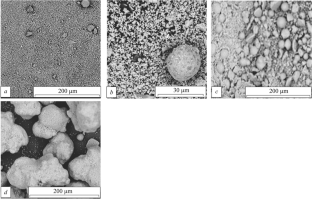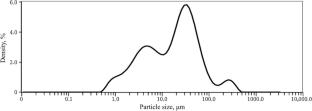废裂解催化剂在陶瓷技术中的应用
IF 0.3
4区 材料科学
Q4 MATERIALS SCIENCE, CERAMICS
引用次数: 0
摘要
对来自不同炼油厂的废裂化催化剂样品的特性进行了研究。对废裂化催化剂进行回收利用以生产陶瓷产品,即生产电瓷和粘土耐火材料进行了论证。开发了生产 110 子类产品的技术,该技术可基于现有的技术方案和设备。裂解催化剂废料(10 - 15 wt.%)可加入初始炉料成分中,而不会降低性能。本文章由计算机程序翻译,如有差异,请以英文原文为准。


Application of Spent Cracking Catalysts in Ceramic Technology
The properties of spent cracking catalyst samples from various refineries are studied. The recycling of spent cracking catalysts to produce ceramic products, namely to manufacture electrical porcelain and fireclay refractories, is justified. The technology for products of subgroup 110 is developed and can be based on the existing technological scheme and equipment. Cracking catalyst wastes (10 – 15 wt.%) can be introduced into the initial charge composition without deterioration of the properties.
求助全文
通过发布文献求助,成功后即可免费获取论文全文。
去求助
来源期刊

Refractories and Industrial Ceramics
工程技术-材料科学:硅酸盐
CiteScore
0.90
自引率
20.00%
发文量
38
审稿时长
6-12 weeks
期刊介绍:
Refractories and Industrial Ceramics publishes peer-reviewed articles on the latest developments and discoveries in the field of refractory materials and ceramics, focusing on the practical aspects of their production and use.
Topics covered include:
Scientific Research;
Raw Materials;
Production;
Equipment;
Heat Engineering;
Applications.
 求助内容:
求助内容: 应助结果提醒方式:
应助结果提醒方式:


